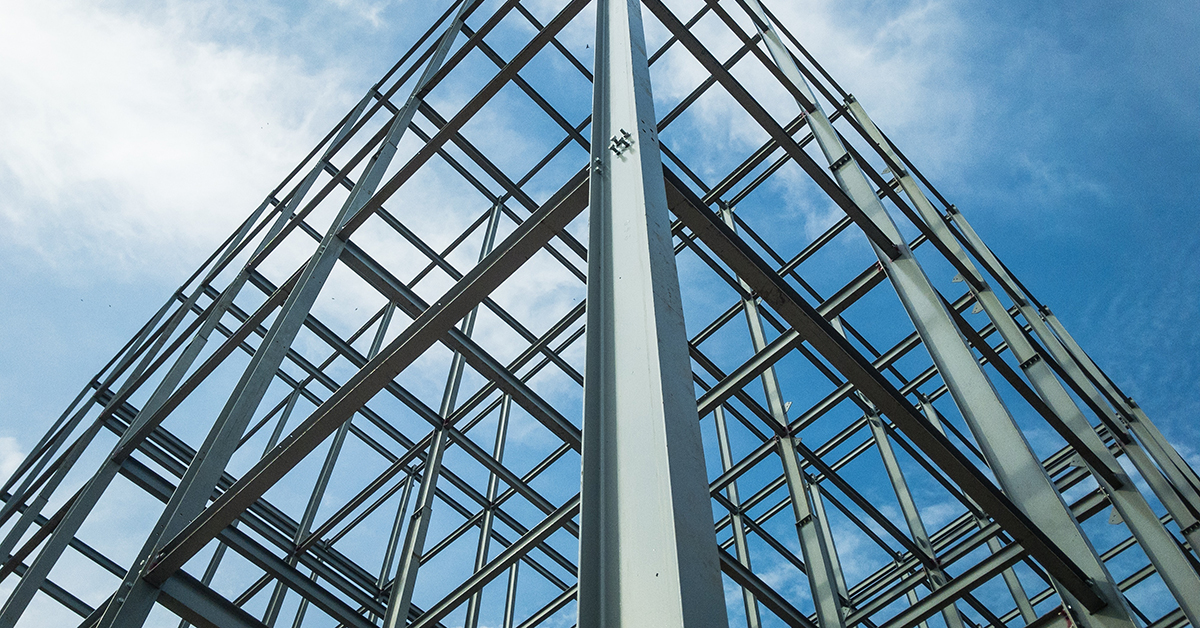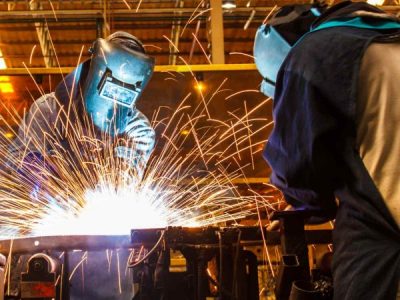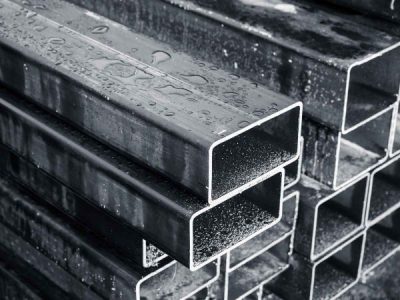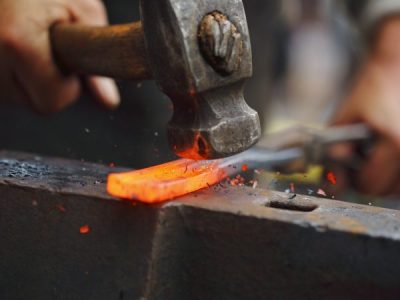Steel underpins almost every aspect of our lives, including our buildings, transportation, home appliances, infrastructure and lifestyle goods. It makes for sturdy industrial material and impressive decorative material for architecture. Our sheer reliance on steel makes it an essential construction material globally.
Beyond this, steel is arguably the most sustainable metal. Read on to learn what makes steel such sustainable building material.

Durability
Steel is an incredibly durable material, meaning a little goes a long way. Plus, steel is a lightweight material, thus placing less weight on foundations, simplifying design. This promotes ease of construction and reduced site waste. In fact, steel-framed buildings weigh up to 20% less than the equivalent designed concrete building.
Endlessly Recyclable
Even better, steel is infinitely recyclable. It can be recycled over and over, without losing any of its durability, because steel is simply remelted and recycled. When steel is recycled, this results in significant energy and raw material savings.
Reusable
Steel is also a reusable resource, and the ability to reuse steel in its original state is becoming more recognised in the industry. This has been evidenced by the increasing volume of structures designed for deconstruction, with the steel components being permanently identified for future reuse. The ability to future proof steel structures so they can later be extended or modified helps lower energy consumption, waste and extra materials required for a complete rebuild.
Low Waste During Manufacturing
Steel emits limited waste during construction. In fact, across the globe, energy consumption per tonne of steel produced has dropped by 61% since 1960, according to the World Steel Association. More importantly, innovative strategies can be easily implemented during steel production to make it more sustainable. For example, byproduct gases from the furnaces are fully reusable, and they can be used as a direct fuel substitute, sold for power generation or for internal generation of electricity. Also, Electric Arc Furnaces (EAFs) facilitate steel manufacturing from 100% scrap metal.
Steel Is Non-Toxic
Steel does not release any chemicals or toxins, which dramatically reduces its impact on the environment when compared with other materials. This is especially true as steel produces no toxic run-off. The non-toxic nature of steel is also beneficial in the home, considering the number of people who rely on stainless steel cooking utensils every day.

Why Sustainable Design Matters
Sustainability is a critical issue that only continues to rise in importance. The trend in sustainability is increasingly gaining traction among designers, builders and homeowners, so when you opt for sustainable materials during construction, you’re helping the environment and keeping up with innovative design trends.
Steel manufacturers must apply careful and consistent practices when it comes to producing genuinely sustainable steel. E M Steel prioritises the continuous innovation of sustainable steel manufacturing. For us, it’s crucial we do everything we can to reduce our energy consumption, byproducts and waste. If you need fabrication services or custom metalwork, be sure to contact us.



